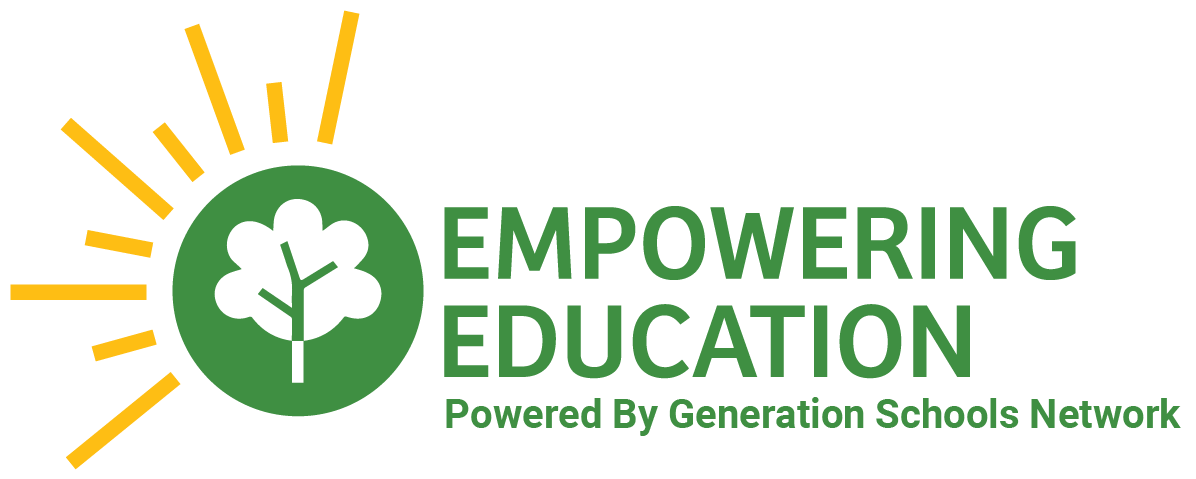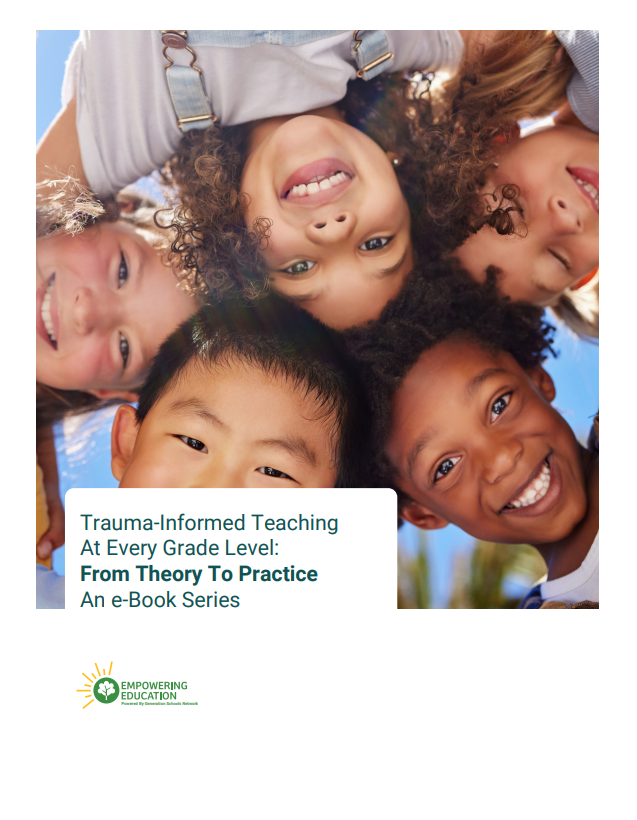Spring break is a great time for students and teachers alike to take some downtime away from school. If you went on a cross-country road trip with friends, traveled abroad with a loved one, or stayed at home and caught up on binging your favorite show, it can be challenging to readjust back to school after spring break. With the end of the school year in sight for many teachers coming back from spring break, we put together a list of social-emotional learning tips to keep both your students and yourself motivated to finish the school year on a high note.
1. Review Expectations and Routines
On the first day back from spring break, make sure to take the time to review classroom expectations and routines. It can be helpful to outline what the rest of the year will look like, what they will be learning, and what is expected of them to finish the school year with success.
Although you may be getting tired of the same routine in your classroom, studies have shown that students do better in school when there is a clear and consistent routine.
Having students lead the conversation on classroom expectations can be a great way to empower students.
2. Go Outside
Plan a daily dose of outside time aside from the everyday recess time. Perhaps bring your reading circles onto a field or take a mindful walk with students around the school perimeter.
Countless studies have shown that being outside plays a positive impact on health, concentration, mood, and stress levels.
3. Practice Student Choice
During the last couple of months of school try to give your students as much choice as possible. This could be offering several books for them to select from for a book report, giving them the option to work independently or with a partner, or letting them decide how they will demonstrate their learning through a science project.
Giving choice to students can empower them to do their best and works as a natural motivator.
4. Set Attainable Goals
The Empowering Minds lessons on goal setting could be a great activity to revisit after spring break. Have your students create a short-term goal that is attainable. With the right attitude and a few simple strategies, we can learn to set effective goals that lead to big changes.
A student’s ability to set and achieve goals is linked to higher grades, lower college-dropout rates, and greater well-being in adulthood.
Goal setting is also a large component of Self-Management; one of the five social-emotional learning competencies considered critical to a student’s academic and social success.
5. Be Mindful
At this point in the year, you have most likely implemented a majority of the Empowering Minds lessons focusing on mindfulness and social-emotional learning.
This is a great time to practice the skills your class has been discussing and learning each week. You can let a few students lead a morning mindfulness moment or breathing activity. Remind students to live in the moment. Take time each day to sit and breathe.
To Sum Up: Give Students Something to Look Forward To
Everyone does better when they feel motivated. Give your students something to work towards earning. This can be something big at the end of the year like a field trip or a movie day in the classroom or something smaller that the students can win each week like a free homework pass or lunch outside. Whatever you decide, make sure you offer choices of incentives so each student will feel motivated and has the space to succeed.


